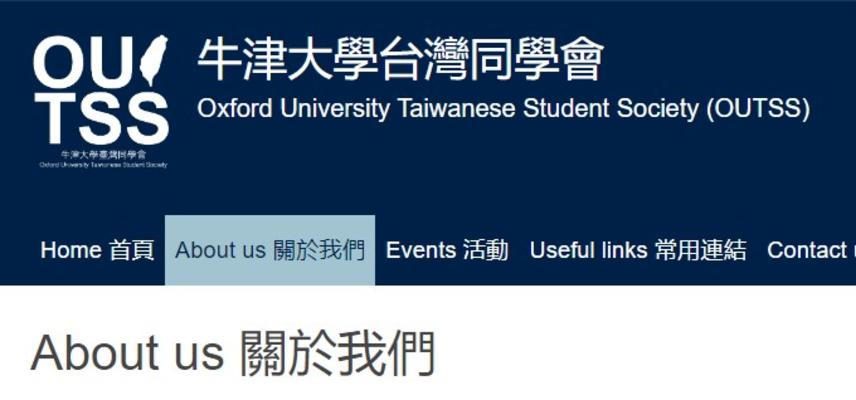Multi-lingual options
Introduction
Mosaic offers limited multi-lingual functionality which has proved an adequate solution for some sites. This document outlines the available functionality, additional actions you can take, and points to consider.
Assumptions
- Each language version of the site would be created as a separate website, built and operating independently of the others
- Site Settings would be manually replicated by Site Admins across each site as needed, adjusted for support of a specific language as required
- Cross-links between sites would be entered manually by content editors
Existing functional enhancements
- A Site Setting to enable Right-to-Left direction can be requested on a new site request form
- Right-to-left text direction for:
- Body text
- Widget text
- Text area text (using WYSIWYG editor)
- Right-to-left placement and ordering for:
- Main menu
- Lists
- Affiliate logos
- Global floated images: e.g. chevrons used in listings
- Text direction and placement of fields in the content editing interface
- Footer layout direction
- Taxonomies and menus
- Character rendering for non-Latin glyphs/UTF-8 support
- Page layout
- Listing / Grid labels (free text)
- RSS will output whatever the feed contains
Actions you can take
- Add header link(s) to connect each language version of your site
- Add link(s) on specific pages to each translated page (use a WYSIWYG widget). It will look like a seamless page translation to a site visitor. They won't be leaving your site and can swap easily between the English and other language page(s) for that content
- Label menu links in both languages
- Create a dedicated menu link for pages in the other language, e.g. for people profile pages
- Copy an original page to maintain layout and use of images, for example. Edit the text in the other language. This will speed up the content creation for each site and maintain consistency
Considerations
Separate sites
- Creating multiple sites might affect SEO. Depending on the purpose of your site, this might not be a concern. Managing SEO is the responsibility of the Site Owner. Our FAQ on search engine results provides more information. Additional resources are provided by Google Developer SEO fundamentals and managing multi-regional sites
- There will be content editor effort required to keep sites in sync. There is no automatic translation tool – you will have to write each piece of content yourself
- You can share content between sites and copy to the other language site before editing
- Each site is independent and subject to the same cost model. If your content moves beyond the micro tier, you would be charged for each site
- Characters can be rendered in Page title and used in breadcrumbs
- We recommend ‘Display search placeholder text’ isn’t enabled because it can only be displayed in English
- You can change a site name in Site Settings > Details to use characters but this won’t change the .web address of your site
All in one approach
- Depending on your desired result, an alternative to creating a separate site is to create content in the other language(s) on the English Mosaic site. Be aware this would increase the size of the site (number of pages) and could move the site into a new charging tier
- Use taxonomies to tag content with a language term. For example, create a taxonomy called Language with terms for English, Traditional Chinese and Simplified Chinese. Add the relevant term to each piece of content and create a grid to show pages, articles, news and events. Site visitors are able to filter the grid per their desired language. This approach needs careful planning because every piece of content would need the appropriate taxonomy term and using grids might not suit all use cases
- Some content may have to be displayed on a page in consecutive WYSIWYG widgets in each language, or in side-by-side Layout columns
Constraints
- Header direction cannot be changed
- URLs remain in English
- Generic widget labels: ‘Next/Prev/More/Expand All’ remain in English
- We cannot control third-party plug-ins, so these will be rendered depending on whatever a plug-in supports
- Editing UI language (e.g. Site Settings tabs): text used in the editing interface will be English but text in other languages can be entered into fields for publishing on a site (e.g. Site name) and for guidance notes in templates
- There are no mobile-specific multi-lingual features (e.g. reversal of mobile header)








